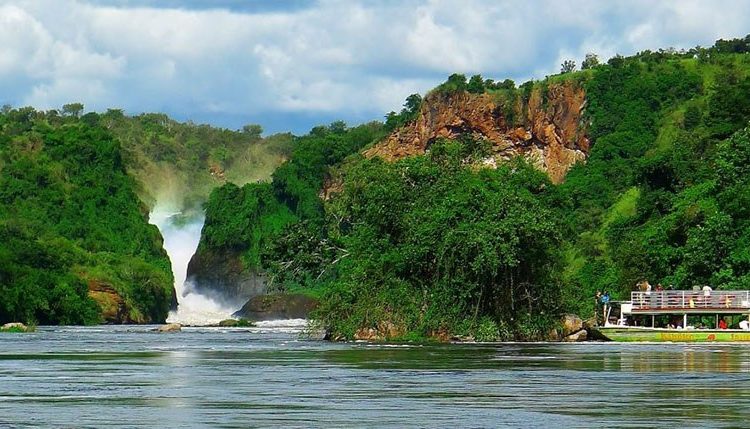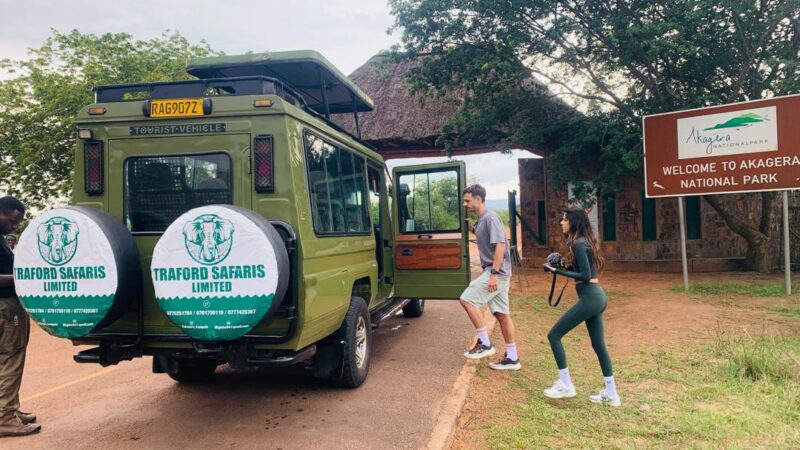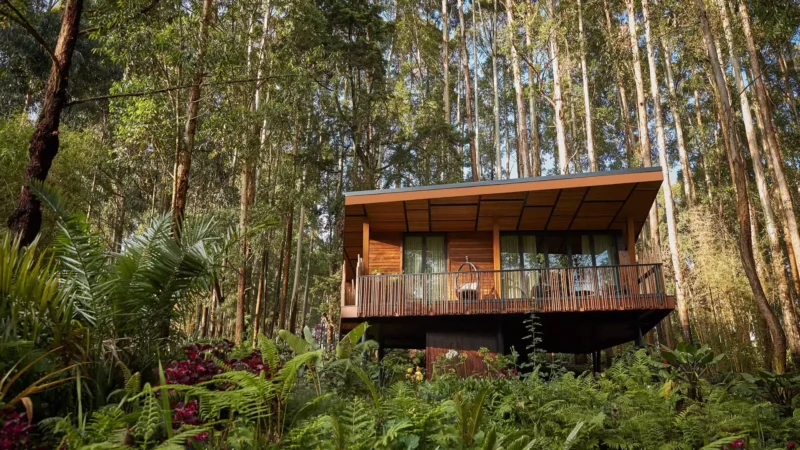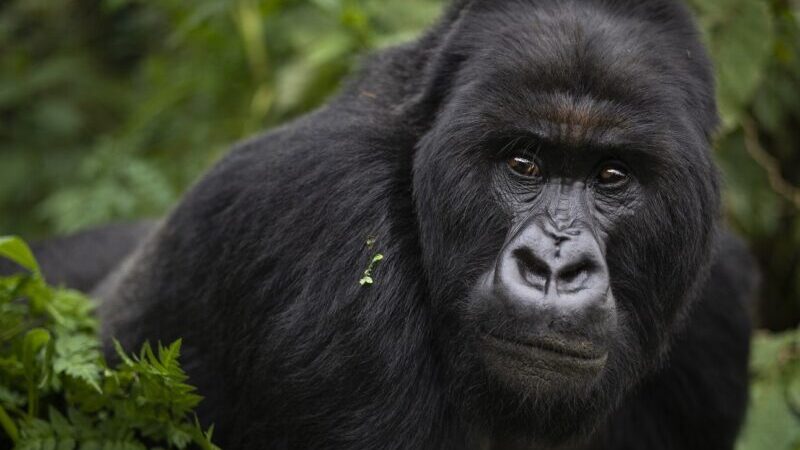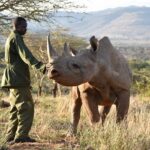
Ziwa Rhino Sanctuary
May 20, 2025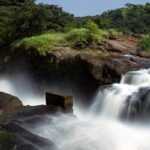
Hiking to the Top of the Falls (Murchison Falls ).
May 20, 2025History of Murchison Falls National Park: Uganda’s Oldest
and Most Iconic Safari Destination
Murchison Falls National Park is not just a beautiful wilderness in northern Uganda—it’s a place with a rich and fascinating history. From early explorers to modern conservation efforts, the park has played a major role in Uganda’s wildlife story.
Today, Murchison Falls is the largest and oldest national park in the country. But how did it all begin? Let’s take a journey back in time and uncover the history that shaped this incredible destination.

The Powerful Murchison Falls
Early Exploration and Discovery (1860s)
Samuel and Florence Baker: The First Europeans to Discover the Falls
In 1864, British explorer Sir Samuel Baker and his wife Florence Baker became the first Europeans to discover the dramatic waterfall that would later bear the name Murchison Falls.
While on an expedition to explore the Nile, the Bakers followed the river through thick forests and savannah plains until they came upon the breathtaking falls. The sight of the Nile squeezing through a narrow 7-meter gorge and crashing 43 meters below inspired awe.
Sir Samuel named the falls after Roderick Murchison, the then-president of the Royal Geographical Society in London.
Colonial Era and Establishment as a Game Reserve (1920s–1952)
A Game Reserve Before Becoming a National Park
Long before the area was officially recognized as a national park, it was a rich habitat for wildlife, including elephants, lions, leopards, and rhinos. British colonial authorities declared it a game reserve in the 1920s, mainly to regulate hunting and protect animal populations.
The reserve quickly became known for its incredible biodiversity and proximity to the Nile River. As interest in African safaris grew, so did the importance of protecting this unique ecosystem.
Official Designation in 1952
In 1952, Murchison Falls was officially designated as a national park—becoming Uganda’s first and largest national park. This was part of a broader effort by the colonial administration to promote eco-tourism and protect wildlife across East Africa.
The park now covers over 3,840 square kilometers, spanning parts of Masindi, Kiryandongo, Nwoya, and Buliisa districts.
The Golden Era of Wildlife and Safari Tourism (1950s–1970s)
A Favorite of Royalty and Celebrities
During the 1950s and 60s, Murchison Falls National Park became a favorite destination for British royalty, political figures, and Hollywood stars. In 1951, scenes from the famous film The African Queen were shot on the Nile near the falls, starring Humphrey Bogart and Katharine Hepburn.
In 1959, Queen Elizabeth II visited the park during her royal tour of Uganda, cementing Murchison’s place on the international safari map.
Tourism infrastructure expanded with the construction of lodges, bridges, and roads, attracting thousands of visitors annually.
The Dark Years: Poaching and Decline (1970s–1980s)
Wildlife Loss During Political Instability
Unfortunately, Murchison Falls faced serious challenges during Idi Amin’s rule in the 1970s and the political unrest that followed. Government instability, civil wars, and the breakdown of park management led to a massive increase in poaching.
Rhinos were completely wiped out in the park, and elephant populations dropped drastically. Many park lodges were abandoned, and tourism came to a near halt.
The once-thriving park became a shadow of its former self.
Revival and Conservation Efforts (1990s–Today)
Restoring Murchison to Its Former Glory
In the early 1990s, the Uganda Wildlife Authority (UWA) and international partners began working to restore and protect the park. Anti-poaching patrols were strengthened, and community outreach programs were launched to involve locals in conservation.
Over time, wildlife populations began to recover. Today, Murchison Falls is home to more than 76 species of mammals and over 450 species of birds.
Return of the Rhinos (via Ziwa Sanctuary)
While rhinos have not yet returned to the park, Ziwa Rhino Sanctuary, located nearby, is helping to reintroduce rhinos into Uganda. Some of these rhinos are expected to be released back into Murchison Falls in the future, marking a new chapter in the park’s conservation journey.
Present-Day Significance of Murchison Falls National Park
A Key Tourist Attraction in Uganda
Today, Murchison Falls National Park is one of Uganda’s most visited parks. Travelers from around the world come here to experience game drives, boat safaris on the Nile, birdwatching, and the dramatic waterfall itself.
It’s also a key destination on Traford Safaris Ltd’s wildlife itineraries, offering unforgettable safari experiences for all types of travelers—families, honeymooners, photographers, and adventure seekers alike.
A Conservation Success Story
The story of Murchison Falls National Park is one of resilience. Despite facing years of hardship, the park has bounced back stronger than ever. Thanks to dedicated conservation efforts, it continues to inspire both local and international visitors.
Why the History of Murchison Falls Still Matters
Understanding the history of Murchison Falls National Park helps visitors appreciate more than just its beauty. It shows the importance of conservation, the impact of political stability on wildlife, and the power of community involvement.
When you explore the park with Traford Safaris Ltd, you’re not just going on a safari. You’re becoming part of a story that continues to evolve—a story of hope, nature, and heritage.
Plan Your Murchison Falls Safari with Traford Safaris Ltd
At Traford Safaris Ltd, we offer custom safari packages that include Murchison Falls National Park, Ziwa Rhino Sanctuary, and other top destinations in Uganda. Whether you’re looking for a weekend getaway or a full safari experience, we’re here to make your journey unforgettable.
Contact us today to start planning your trip into the heart of Uganda’s most historic national park.

